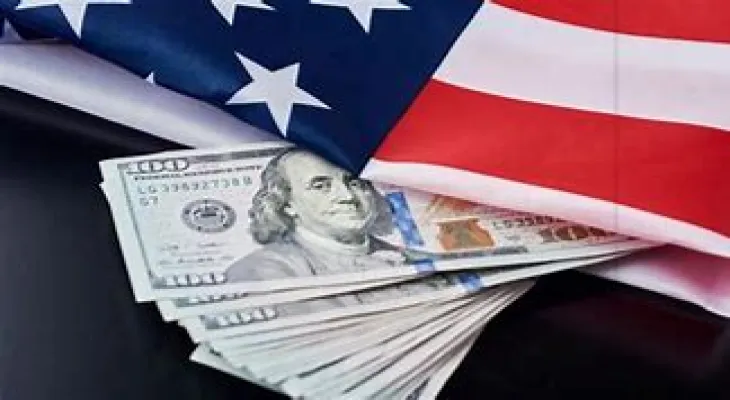Search here
Newspaper
Search here

Arab Canada News
News

Published: August 8, 2023
During the past year, inflation in the United States fell from 9% all the way down to 3%, alleviating most of the price pressures that have plagued the nation for more than two years.
Now comes the hardest part, as the pressure on the final portion of excess inflation and reducing it to the Federal Reserve's target rate of 2% is expected to be much harder and slower.
There is a measure called "core" inflation, which excludes volatile food and energy prices, and it is higher than overall inflation. It also seems likely to gradually slow down only. The Federal Reserve pays special attention to core prices as a signal of where inflation might be headed. In June, core prices rose by 4.1% from the previous year, according to the Fed's preferred measure.
Michael Hanson, chief global economist at J.P. Morgan, said, "We see some challenges in getting that all the way down to 2% quickly."
The persistence of inflation could jeopardize the likelihood that the Federal Reserve achieves a rare "soft landing," a scenario where it is able to slow inflation to the target level by raising interest rates without derailing the economy. If inflation remains high for longer than it should, the Federal Reserve may feel compelled to raise the benchmark interest rate to its highest level in 22 years. Most economists say they believe the central bank has finished raising interest rates, but only if inflation continues to decline.
Meanwhile, the Federal Reserve acknowledged that inflationary pressures have significantly eased over the past year. It is encouraging that this slowdown has occurred even as the economy continued to expand and employers hired at a healthy pace.
Economists expect a slight increase in year-over-year inflation to 3.3% when the government announces the inflation data for July on Thursday, and this will be the first such increase after 12 months of decline.
Partly, any rebound in July's annual inflation will reflect rising gas prices. Unless gas prices ease, they may keep overall inflation above 3% until the end of the year, as the national average pump price jumped by about 30 cents to $3.83 last month due to reasons including rising oil costs.
Among the obstacles to reducing inflation to the Federal Reserve's 2% target is that the slowdown in prices so far has primarily reflected relatively painless changes that are unlikely to be repeated. Until last month, for example, gas prices had already fallen from the national average peak of $5. Additionally, the supply chain snarls that led to inflation in car, furniture, appliance, and other physical goods prices have mostly collapsed. In fact, the cost of durable manufactured goods slightly declined in June compared to the previous year.
Another factor is that prices rose in the first half of 2022 before slowing in the second half. So, any increase in July will have an effect of boosting the year-over-year inflation rate, as rising prices now are largely due to the cost of services, with everything from dental care and auto insurance to restaurant meals and summer parties. These costs largely reflect healthy wage gains for workers, which are often passed on to customers in the form of higher prices.
Many employees, especially in the economic services sector, may push for more raises in the coming months. With the labor shortage continuing in the service industry, workers have leverage to demand higher wages. For most Americans, wage gains have lagged behind inflation over the past two years.
Higher wages are one of the main issues leading to strikes among writers and Hollywood actors. They have also been a focus for the Teamsters union in its negotiations with UPS, resulting in significant wage gains. United Auto Workers are also pushing for strong increases in their talks with American automakers.
Hanson, from J.P. Morgan, notes that health insurance cost measures will begin to rise this fall due to quirks in how the government measures them. The costs of auto insurance and repairs have risen. A major reason is that car prices increased after there was a shortage of parts when the pandemic struck. More expensive cars are costlier to repair and insure. Auto insurance prices rose by nearly 17% last year.
As a result, economists generally expect core prices, according to the Fed's preferred measure, to continue rising at an annual pace of 3.5% by the end of the year - much higher than its 2% target. The latest Fed forecasts show that policymakers expect core inflation to remain at 2.6% by the end of 2024.
However, there are some hopeful signs that employment and wages are slowing, which will help cool inflation over time. On Friday, the government reported that employers added 187,000 jobs in July, a strong total but still reflective of the slowdown, with average job growth over the past three months being about half the pace of the same period in 2022. The government said wage growth fell to 4.6% in the extended quarter from April to June, the slowest pace in a year and a half.
Comments